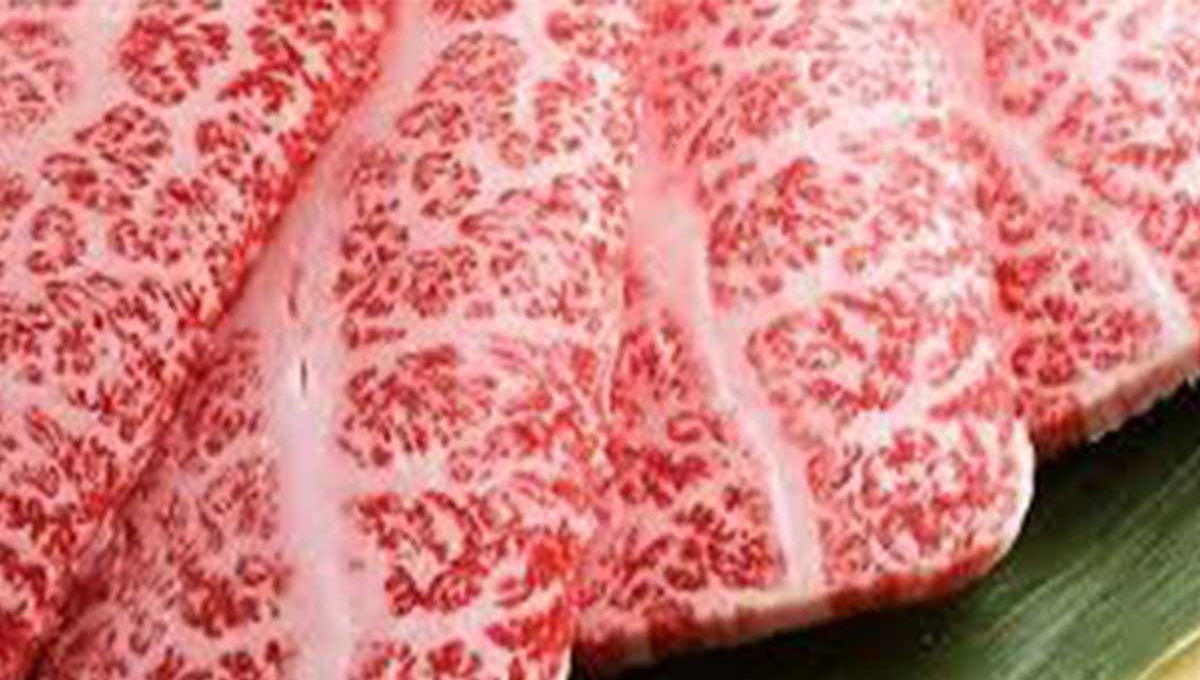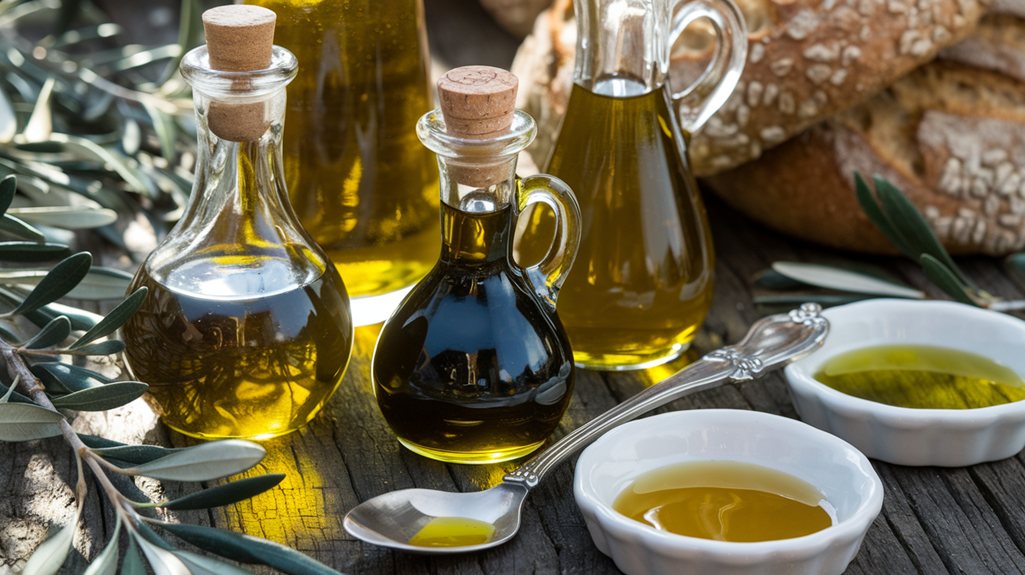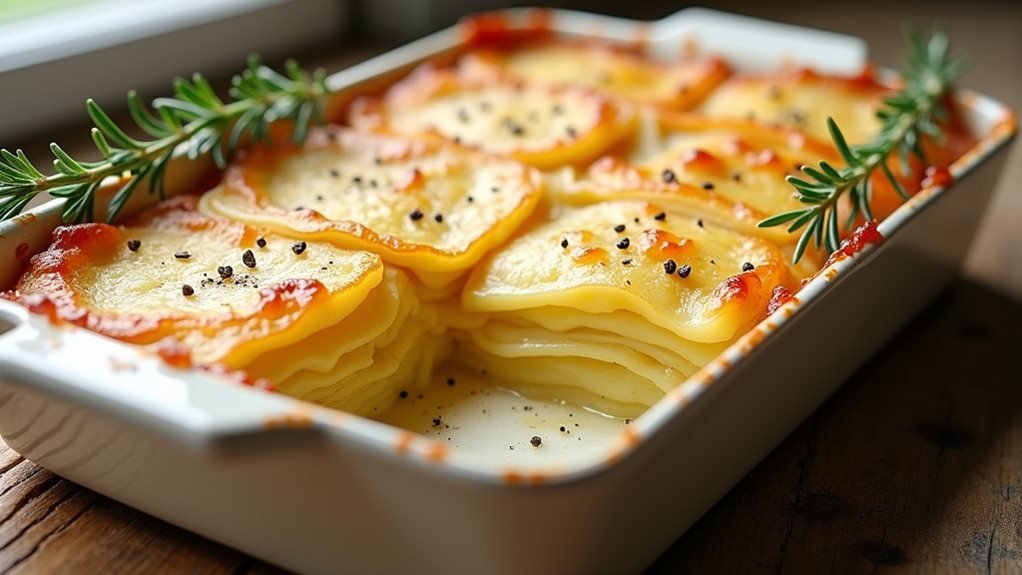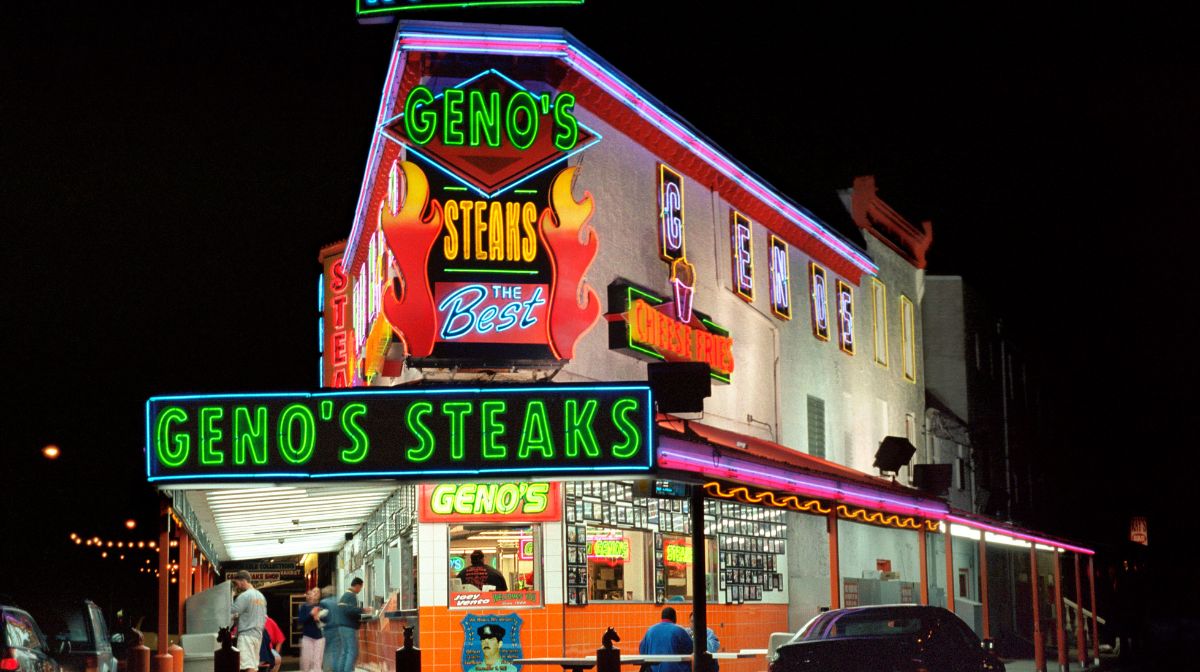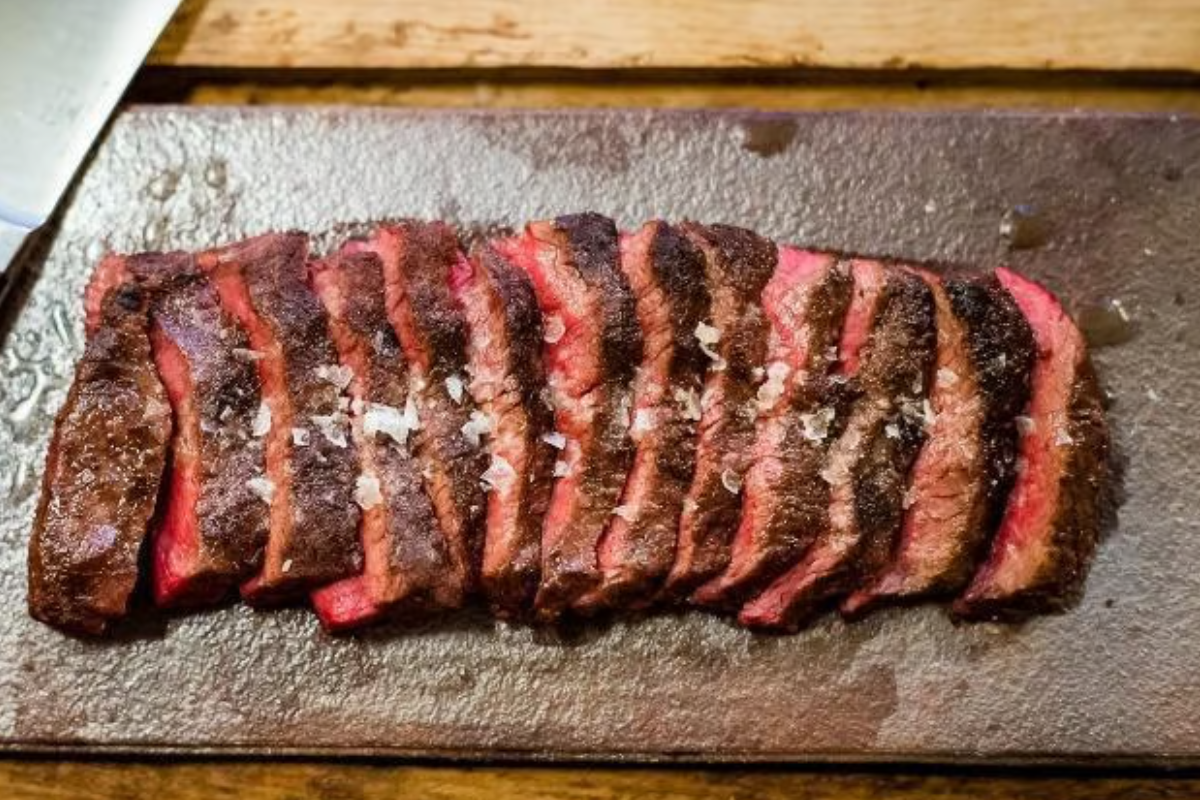
What Makes Kobe and Wagyu Different
Kobe beef is produced from Tajima-strain Japanese Black cattle born, raised, and processed in Hyogo Prefecture under strict certification. Wagyu refers to Japanese breeds (e.g., Japanese Black, Brown, Shorthorn, Polled) and includes regional brands such as Kagoshima, Hida, and Ohmi, as well as international programs like American and Australian Wagyu.
- Origin control: Kobe is tied to Hyogo; Wagyu spans regions and countries.
- Certification: Kobe requires official ID and carcass grading; Wagyu standards vary by program.
- Supply: Kobe is scarce; Wagyu has broader availability.
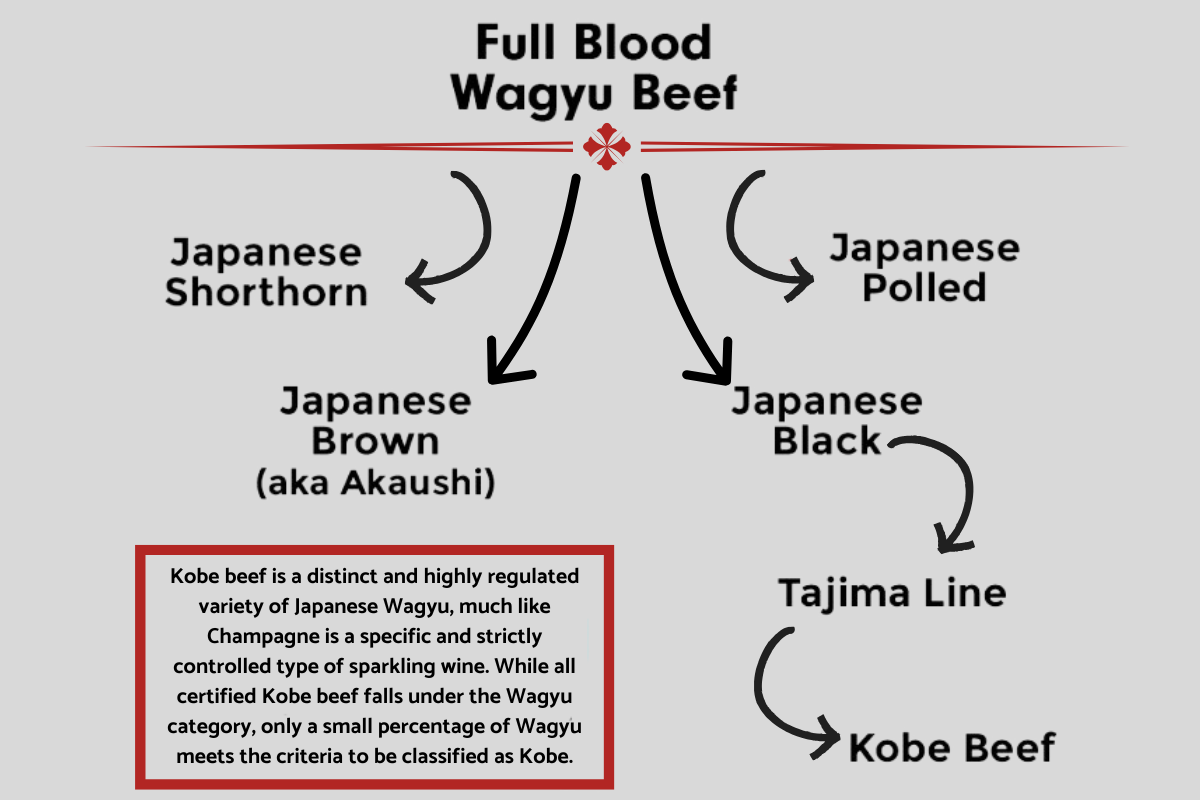
Flavor and Texture Comparison
Kobe is known for ultra-fine marbling that melts at low temperatures, creating a buttery mouthfeel and gentle beef sweetness. Wagyu offers a wider spectrum: some cuts approach the silkiness of Kobe, while others lean meatier and more robust, depending on the breed and feed. For classic steak sauces that pair with rich cuts, see Green Peppercorn Sauce and additional ideas in Perfect Sauces & Sides Pairing.
- Kobe: delicate, sweet-umami butteriness; softly yielding bite.
- Japanese Wagyu (non-Kobe): ranges from rich and silky to balanced and beef-forward.
- American/Australian Wagyu: often a Wagyu–Angus cross with stronger beef flavor and firmer chew.
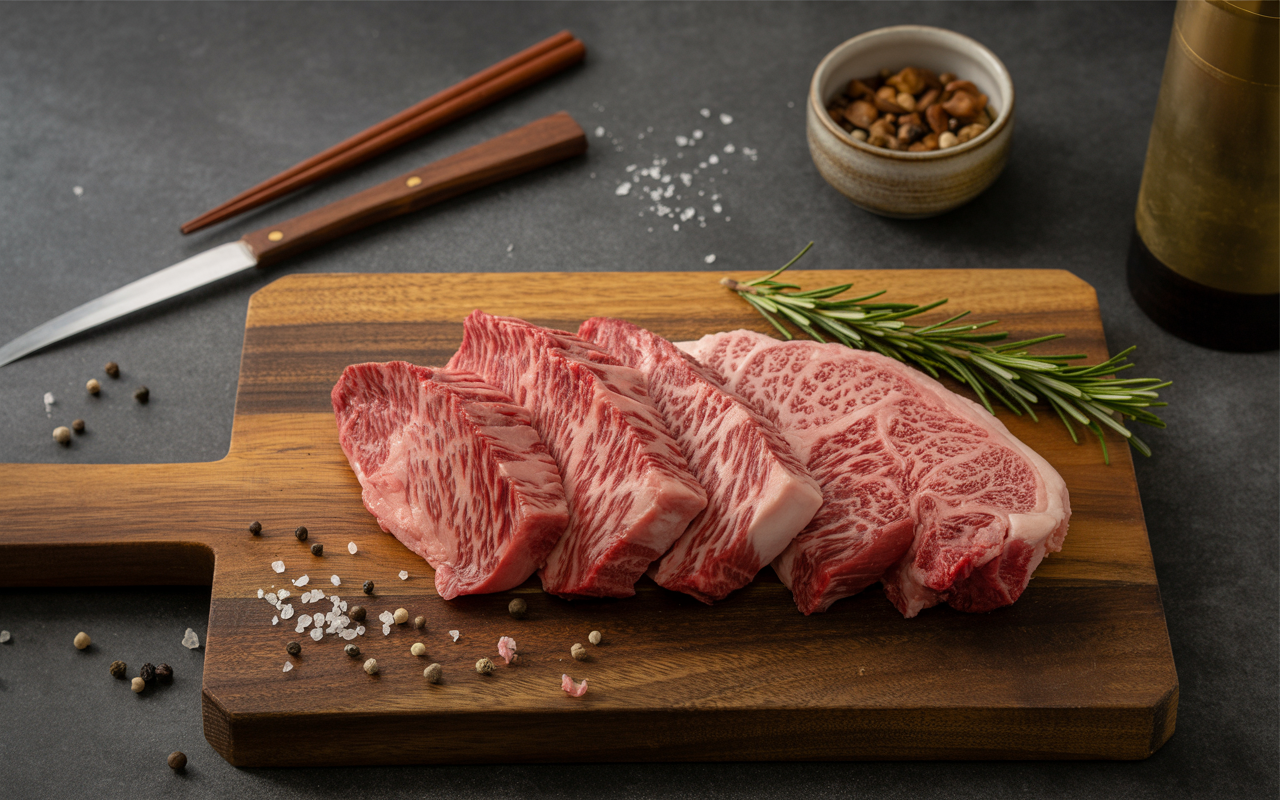
Price and Availability
Kobe commands premium pricing due to strict origin rules and limited output, while Wagyu provides more options across grades and budgets. If you want a special-occasion trophy steak, Kobe fits. If you want consistent access and value, Wagyu is a better fit. For a showstopping alternative entrée, try Beef Wellington.
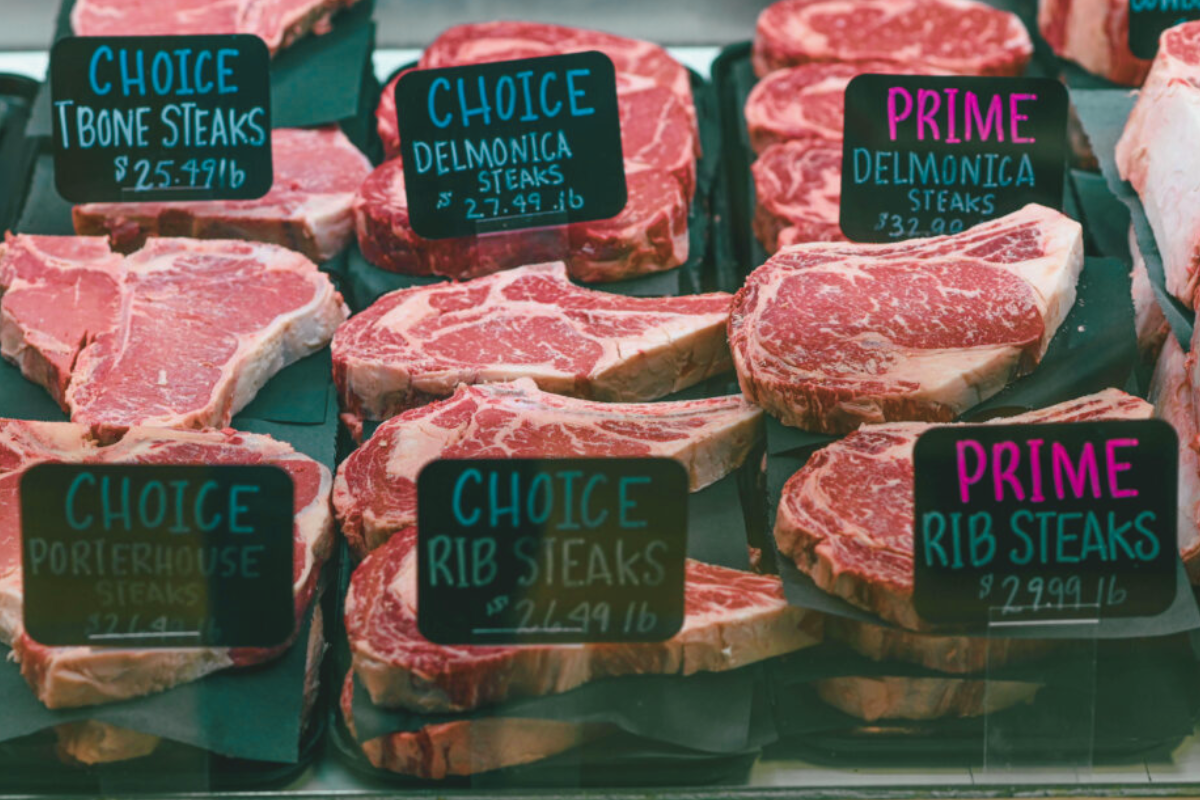
Health Considerations
Both Kobe and Wagyu are renowned for their high levels of intramuscular fat. Wagyu fat tends to have a higher ratio of monounsaturated fats that contribute to tenderness and flavor. Portion size and cooking method matter more than the label alone when you want a lighter meal. For sides and sauces that balance richness, browse Perfect Sauces & Sides Pairing.
- Small portions: 3–4 oz tasting portions deliver flavor without the heaviness of fullness.
- Gentle heat: Quick sear preserves texture and minimizes excess fat rendering.
- Lean cuts: Sirloin and tri-tip styles offer a firmer, lighter option.
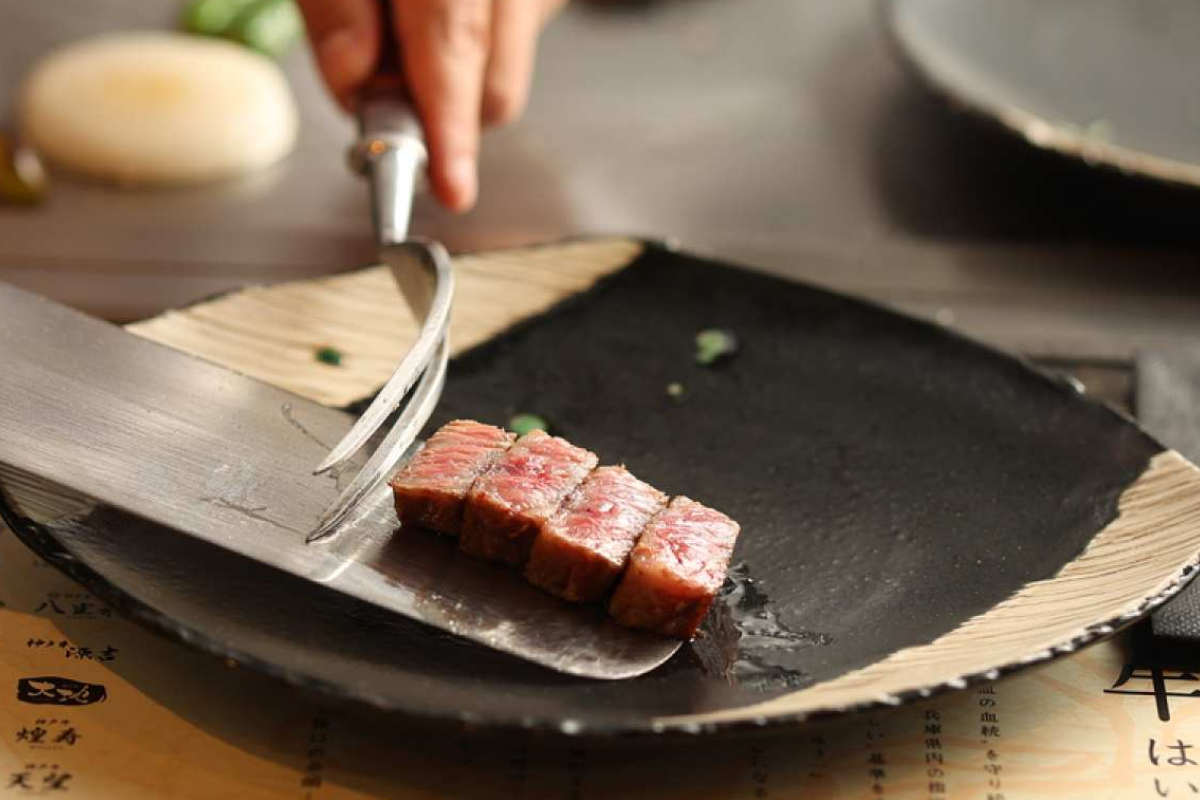
How We Tested
We compared Kobe and Wagyu across ribeye, striploin, and sirloin using controlled tastings. Steaks were brought to room temperature, seasoned lightly with salt, and seared in a carbon steel pan with an instant-read thermometer on hand to medium-rare (center temperature ~130°F). Each sample was evaluated for tenderness, juiciness, flavor intensity, and overall experience at room temperature.
Hands-On Data
| Cut | Kobe Beef (typical BMS 10–12) | Japanese Wagyu (BMS 8–12) | American/Australian Wagyu (BMS 6–9) |
|---|---|---|---|
| Ribeye | Ultra-silky, butter-soft bite | Rich and tender, slightly more texture | Beefier flavor, firmer chew |
| Striploin | Balanced richness with a clean finish | Varies by brand, from plush to robust | Pronounced beef notes; good value |
| Sirloin | Smooth for a leaner cut | Moderate marbling; versatile | Leaner, grill-friendly everyday steak |
Buying and Authenticity Tips
Authentic Kobe beef includes an official ID number and certification, while reputable Wagyu programs provide detailed information on breed and grade. Ask for documentation and look for recognizable regional brands or established importers.
- Request the breed, origin, and grade on the label or menu.
- Verify Kobe with a certificate and ID; keep a photo for your records.
- Check cut thickness and trim to match your cooking method. For pan work and sauce finishes, see Sauce Making Techniques.
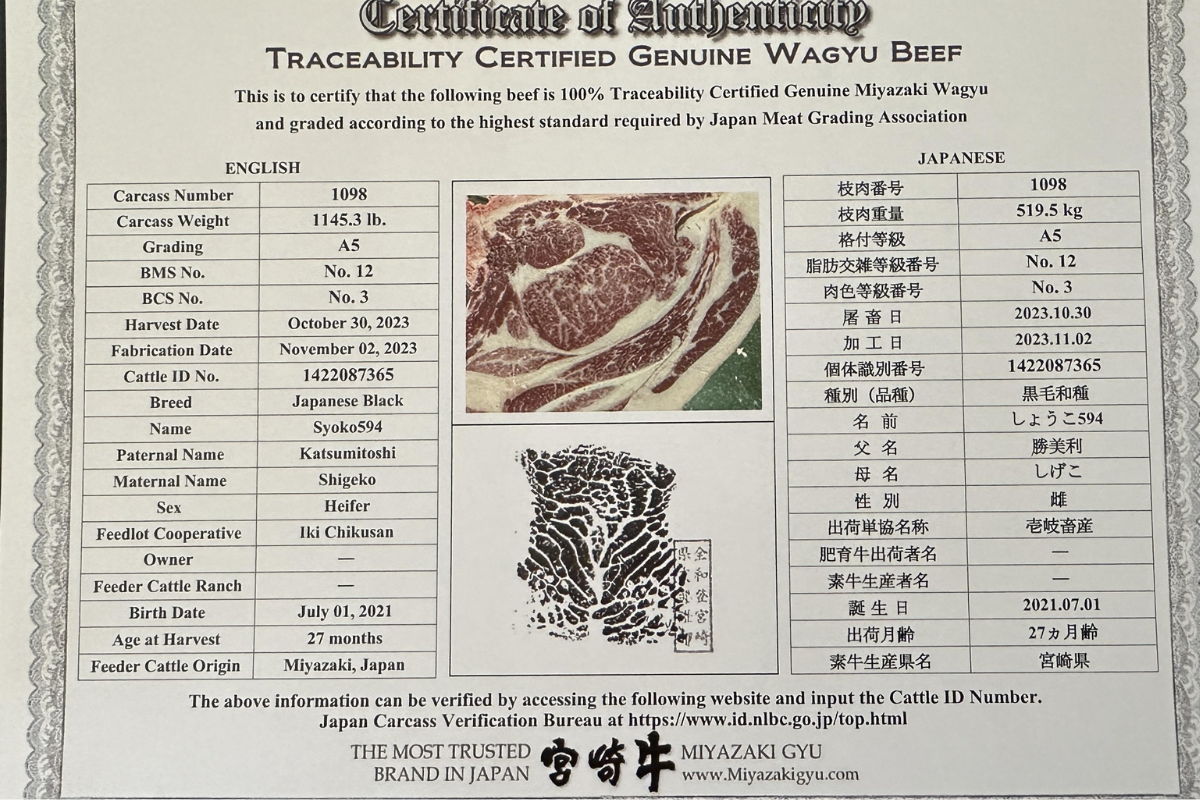
Value Perspectives Kobe Splurge or Wagyu Variety
Some diners chase Kobe for its rarity and signature silkiness, while others prefer Wagyu for broader access, price tiers, and a spectrum of flavor profiles. Your best choice depends on the occasion and how you like your steak to feel on the palate. For a restaurant-quality celebration at home, consider Christmas Beef Wellington as an alternative centerpiece.
FAQs
Is Kobe beef worth the price compared with Wagyu?
Kobe is a special-occasion pick with unmatched delicacy. Wagyu offers more grades and price points for repeat enjoyment. For classic steak sauce pairing, try Green Peppercorn Sauce.
Can you buy authentic Kobe outside Japan?
Yes, but only through licensed importers and select restaurants. Always ask for certification.
Which has more marbling, Kobe or Wagyu
Kobe typically tops the scale, though elite Japanese Wagyu can be very close.
Is American Wagyu the same as Japanese Wagyu
No. American and Australian Wagyu are often crossbred with Angus, resulting in a beefier profile and a more robust flavor.
What is the best cooking method for these steaks?
A quick, hot sear to medium-rare preserves texture and keeps fat from overwhelming the bite. For sauce finishes and pan control, see Sauce Making Techniques.
